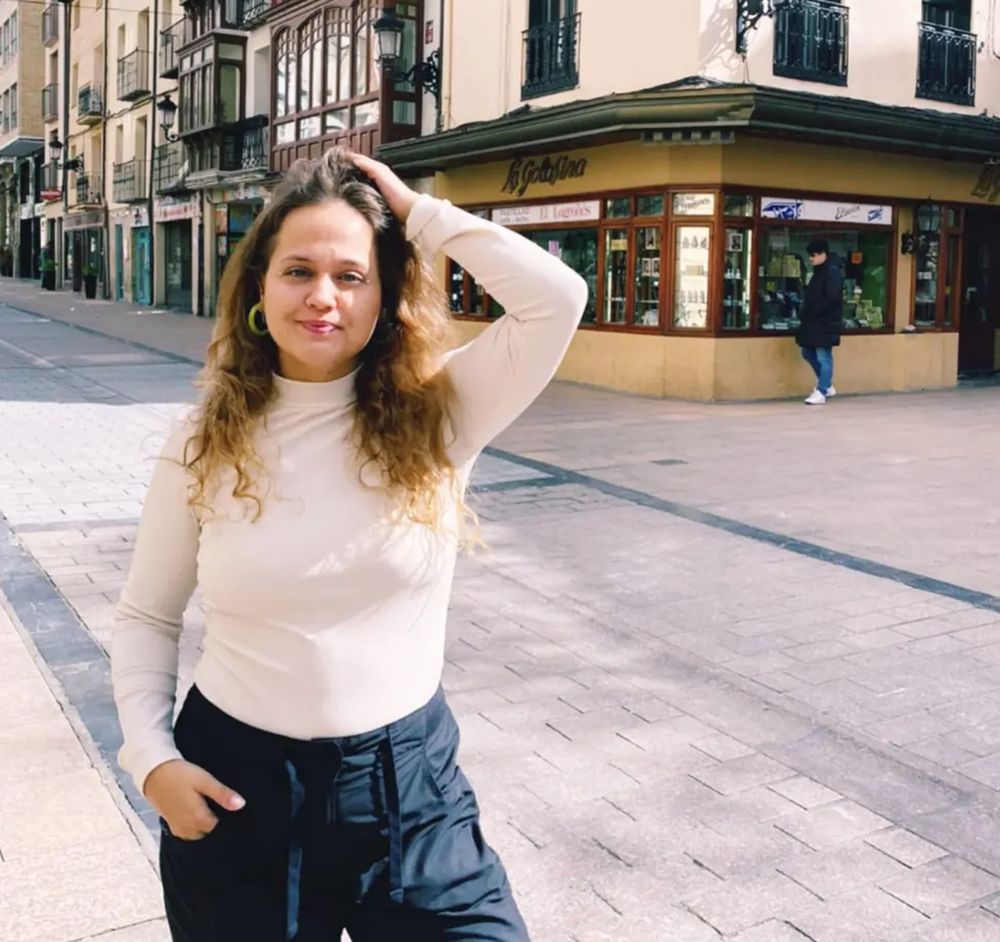From CrossFit or running to love: how physical activities are replacing dating apps

More and more people are abandoning Tinder and Bumble to meet partners on these sites. The search for human contact is gaining ground over algorithms.
In an era where dating apps seemed to dominate the love scene, many people are turning their attention to spaces where the physical, the real, and the everyday regain value. This is reflected in the rise of activities like running , CrossFit , and bars with salsa and bachata classes, which are becoming the new places to meet people and, why not, fall in love.
“The digital coldness of first impressions tired me out,” confesses Laura Bou, a young railway traffic controller who decided to leave apps behind and seek real connections in her environment. “In an app, we're just meat for sale,” she says. Her experience, far from being isolated, is part of a growing trend. Bou chose CrossFit without imagining that there, between exercises and shared sweat, something more than physical well-being could emerge.
Laura Bou

20 minutes
According to sociologist Mariano Urraco, this search is loaded with meaning: “We reconnect with the body as a place of connection. Physical practices appeal to authenticity, in contrast to the artificiality of screens .” And the numbers support this phenomenon: Bumble laid off 30% of its staff, Tinder is losing young users, and Match Group, the company behind both platforms, has seen its stock drop by 70% in the last two years.
At the same time, bars offering dance classes are filling up with new faces who aren't just looking to learn how to move. José Ángel Montero, guitarist and cameraman, found salsa to be an unexpected place to connect : "In a club, you can't talk; everything is superficial. On the other hand, dancing involves natural physical contact, and it breaks the ice in a different way. You're not just going to flirt, you're going to enjoy yourself. And if something happens, it happens."
They both agree that meeting someone face-to-face completely changes the dynamic. “You can feel attracted to someone who didn't catch your eye at first, but then you discover they make you laugh, that you like them, and that's when the magic begins,” Bou says.
These types of relationships, which develop without the explicit pressure of a match, allow us to gain insight into deeper aspects of a person: how they act in groups, how frustrated they get, whether they help others. "You don't see all of that on a set date , much less on an app profile," she adds.
José Ángel Montero

20 minutes
Urraco elaborates: “These activities also follow a logic of emotional consumption, like apps, but they appeal to other symbolic values : the real, the spontaneous, the here and now. They replace the algorithm with the environment and group dynamics.”
Montero experienced this transformation firsthand: she met her partner in a dance class, without forcing anything. “We danced, then chatted on Instagram, and when we met again outside the bar, everything flowed naturally. The best part was that we didn't have to pretend anything.”
Bou, although he didn't find a partner, saw many others doing so. "At CrossFit, there's all kinds of people, even divorced parents who get hooked. The conditions are right: you share goals, efforts, conversations. And that, sometimes, ignites a spark."
In the age of artificial intelligence and digital connections, the body, gestures, and gaze once again take center stage . "We're not made—neither emotionally nor biologically—to fall in love over Wi-Fi," Urraco says.
And perhaps that's the clearest message of this new wave: amidst so many algorithms, the most human thing remains real encounters. Dancing, running, sweating, and sharing glances face to face. Because ultimately, as Montero says, "in a world of screens, connecting through the body is pure gold."
- Topics
- running
- Love
- App
- Appointment
- Tinder
losandes




